Learning through experience
My primary goal in training courses is to make things tangible. To do this, I use exercises or simulations - or "games" as they are called - to make things tangible. This is how the participants in our Certified Scrum Master training, for example, create a product backlog themselves and complete a sprint. The picture shows the participants of a CSM training course after they have laid a starfish to work on the agile principles.
(You can find out more about the agile principles and what agility actually means in our Blog post "Definition of agility".)
Give impulses
I introduce simulations or exercises with small training units. I create these ad-hoc on a flipchart. This allows the images and texts to develop along the lines of the participants' thoughts and answers. It sounds easy, but it requires careful preparation - much more careful preparation than using slides and a projector. For the ad-hoc creation of flipcharts, you need to have the training completely in your head - only then can something new emerge from it. It's a bit like an actor who knows his lines by heart versus an actor who is on stage with a script. I therefore created slides and pictures for the entire training course. These images form the basis for the training course, from which something individual can be created. Every flipchart is different in every training course - it is always created together with the participants.
Answer questions immediately
Personally, I like it when questions are answered immediately. That's why I also do this in my training courses. This fits in well with my concept of creating the flipcharts together with the participants based on their questions. I apply this principle to the entire training course: at the beginning, the participants create the backlog for the training course, which we then work on together. There is no ready-made agenda. However, this also means that I have to be so well prepared that I can flexibly change the topics in the agenda.
Have fun
Good training must also be fun. The simulations help with this. Here, the participants use Scrum to build a city out of Lego.
Teaming
Making contacts, exchanging experiences and simply talking to each other is also part of it. We have a coffee bar in our office for this purpose, where we always have good conversations during breaks.

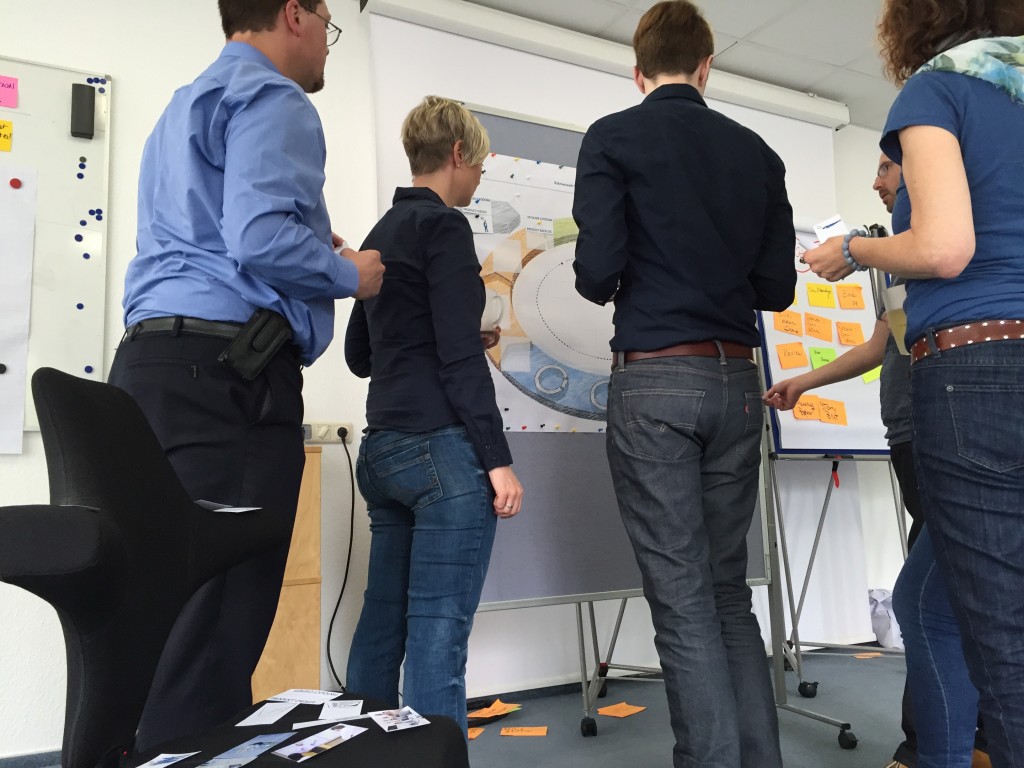
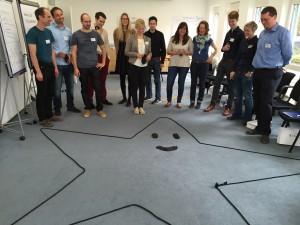
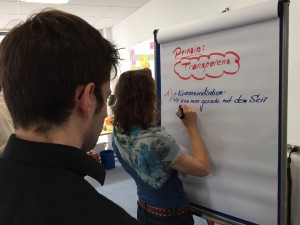
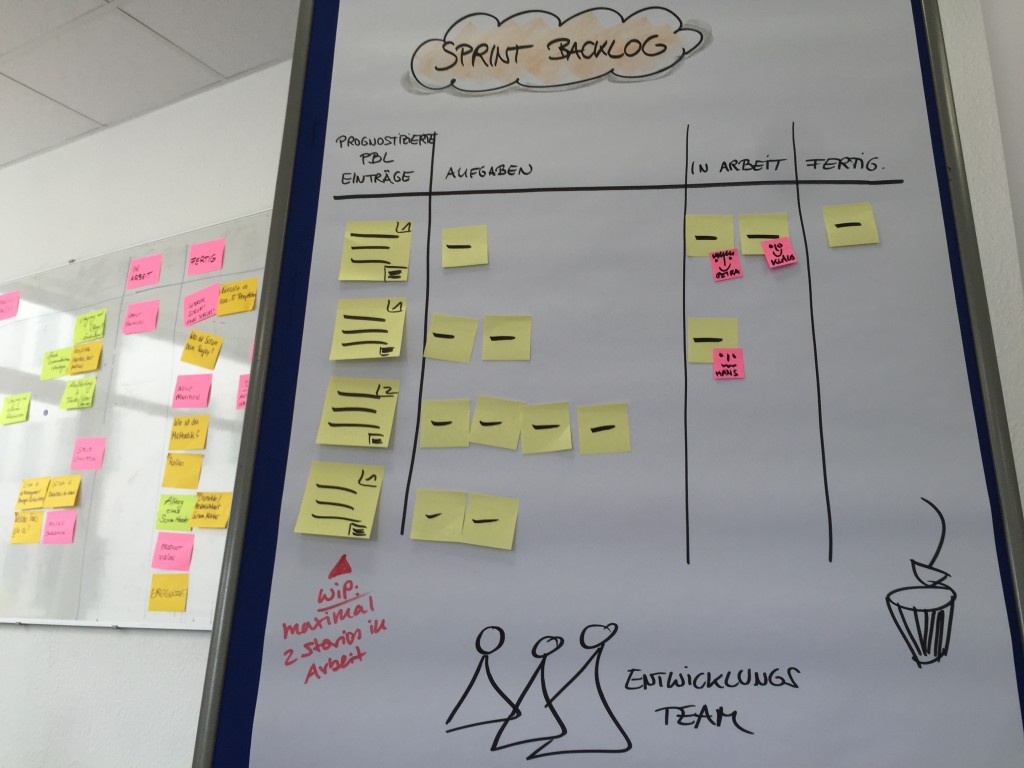
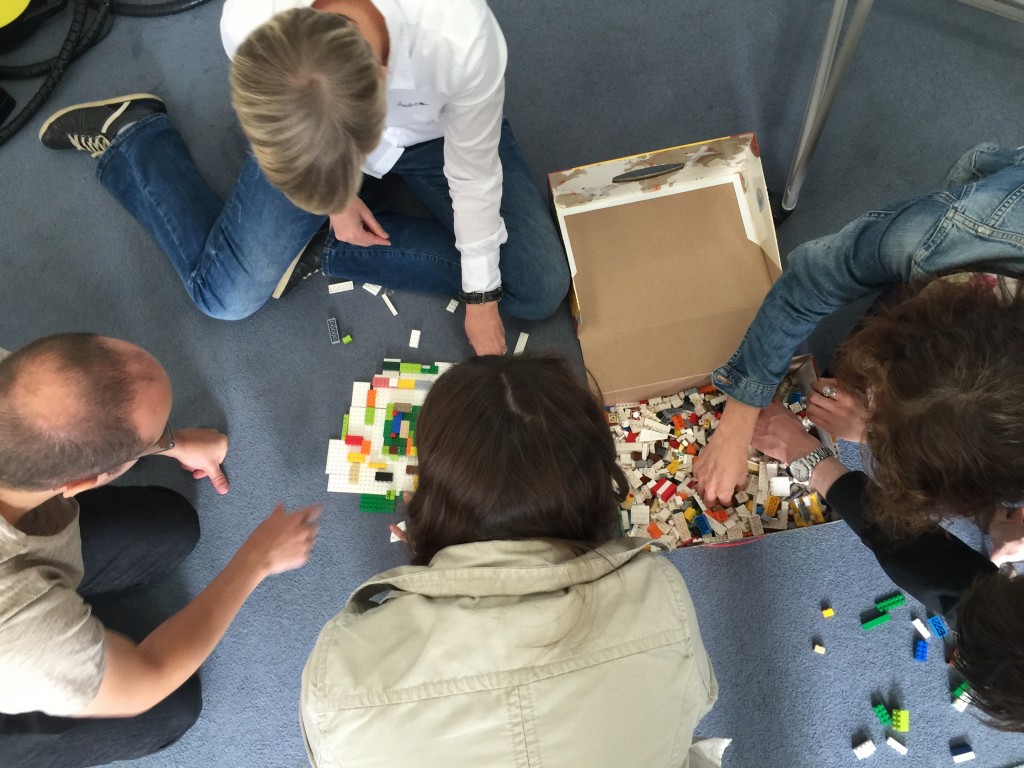
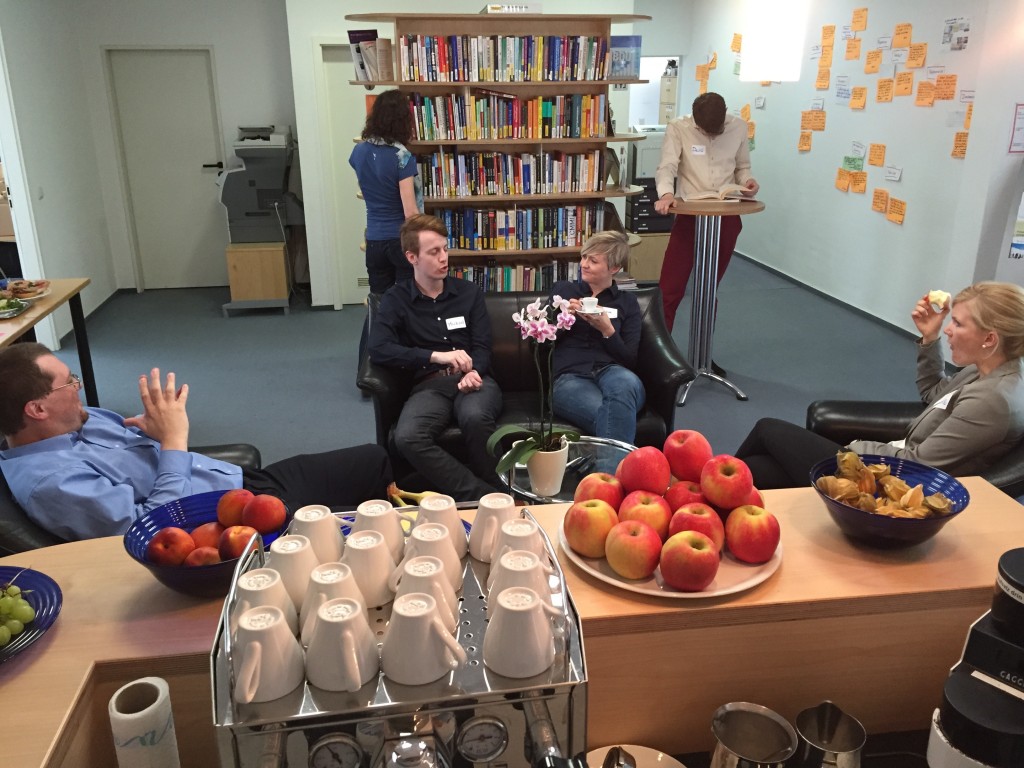
Comments
Write a comment